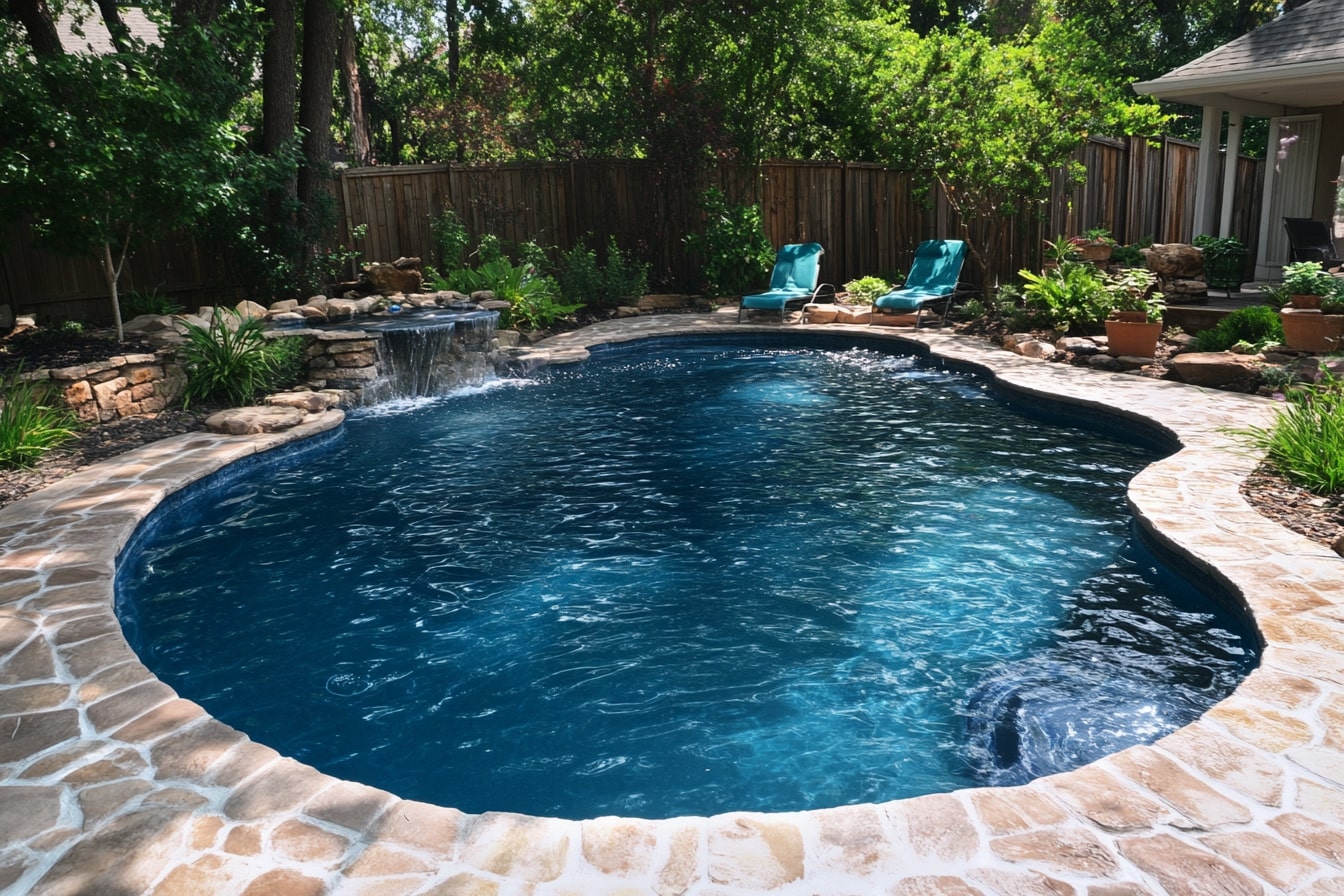Permeable hardscaping ideas to manage runoff and improve drainage
Permeable hardscaping combines functional paving, plantings, and smart storage to reduce runoff and improve site drainage. These approaches work at different scales—from balcony planters to large yards—and support soil health, pollinators, and long-term sustainability while reducing pressure on storm systems.

Permeable hardscaping can transform how water moves across a property, reducing runoff and improving drainage while creating usable outdoor spaces. By combining porous paving, gravel, vegetation, and thoughtful grading, homeowners and designers can slow and capture water, recharge soil, and reduce erosion. These strategies work for balconies, patios, and larger yards and can be adapted to local climates and soil types. Integrated design also supports pollinators and native plants, and can include storage solutions for captured water and compost inputs to improve soil structure.
How does permeable hardscaping improve drainage?
Permeable surfaces let water infiltrate rather than sheet across impermeable paving into gutters. Materials like porous pavers, open-joint paving with gravel infill, and permeable concrete allow runoff to soak into underlying soil layers. Coupled with sub-base aggregates and amended soils, these systems increase infiltration rates and reduce peak flows. Proper grading and gentle slopes direct water toward planted infiltration areas, bioswales, or rain gardens. For sites with heavy clay soils, combining permeable surface areas with amended soil and underdrain systems can prevent surface pooling while still increasing overall water absorption.
What materials and soil amendments work best for hardscaping?
Choice of materials influences performance: permeable pavers, crushed stone, reinforced gravel grids, and modular porous tiles all provide durable surfaces while allowing infiltration. Underneath, a layered sub-base of clean, angular aggregate supports load while providing void space for water. Soil amendments—compost, grit, and coarse sand—improve structure and porosity when mixed into topsoil, helping roots and microbes thrive. Using local or recycled aggregate where available reduces transport impacts and supports sustainability. Regularly refreshing the surface layer and maintaining joint material keeps permeable installations functioning long-term.
Can these designs support pollinators and native plantings?
Yes. Integrating planting areas—rain gardens, swales, and vegetated joints—creates habitat for pollinators and encourages native species that tolerate variable moisture. Select natives suited to local wet-dry cycles; they typically need less maintenance and provide nectar and shelter for bees and butterflies. Narrow planting strips or modular planters can be placed between paving runs or at the edges of driveways to intercept runoff. Designing with layered plantings (grasses, perennials, and shrubs) increases biodiversity and resilience, while also improving infiltration and reducing maintenance needs.
How do balcony and vertical hardscaping approaches fit in?
Small urban spaces benefit from lightweight permeable concepts: planters with overflow to soakaway cells, modular green walls that capture brief rainfall, and raised beds with water-retaining substrates. On balconies, use shallow rain-holding trays or integrated storage to slow runoff and direct excess to potted natives or composting bins. Vertical elements—living walls or trellis systems with planted pockets—can intercept airborne moisture and provide shade, reducing surface temperatures and evaporation. These approaches translate the principles of permeable hardscaping to constrained spaces without heavy excavation.
How to combine composting, storage, and shade in designs?
Composting and temporary water storage enhance soil and water cycles. Locate compost bins near garden beds to facilitate nutrient cycling; use captured stormwater in storage barrels or subsurface tanks for irrigation during dry spells. Shade structures—pergolas, trees, or shade sails—reduce evaporation from permeable surfaces and create comfortable outdoor areas. Integrating storage under benches or within raised planter bases maximizes space while keeping tanks out of sight. Ensure tanks have overflow paths back into permeable landscape features so excess water still benefits infiltration rather than causing runoff.
What maintenance and pruning practices support long-term sustainability?
Permeable installations need periodic care to remain effective: clear debris from joints, remove sediment build-up, and top up joint material where necessary. Pruning prevents shading plants from dropping excessive litter onto permeable surfaces and improves air circulation for planted areas. Inspect infiltration zones after heavy storms to confirm water is soaking in rather than channeling. Replenish compost and mulch to maintain soil structure and organic content, which supports infiltration and plant health. Sustainable maintenance reduces reliance on mechanical drainage and extends system lifespan.
Permeable hardscaping offers practical ways to manage runoff while improving onsite drainage, supporting native vegetation, and enhancing outdoor usability. Whether applied on a balcony with modular planters or across a garden with porous paving and rain gardens, these strategies prioritize water infiltration, soil health, and habitat value. Thoughtful material selection, appropriate soil amendments, and routine maintenance keep systems functioning and contribute to resilient, sustainable landscapes.





